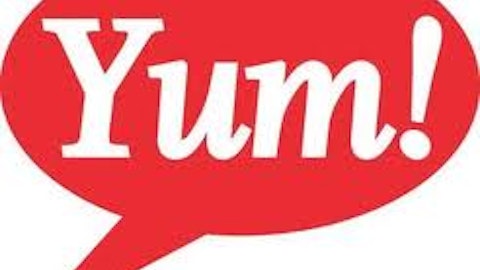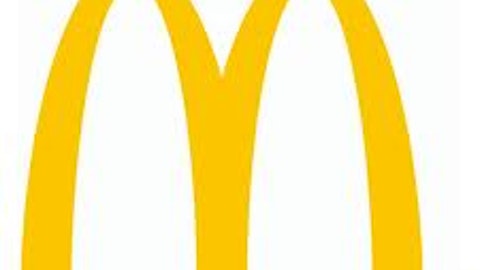KZ Index
The KZ index measures how a company might fare should conditions “tighten” financially. More specifically, the KZ index, or Kaplan-Zingales index, measures, relatively, a company’s reliance on external financing to determine which companies may be more likely than others to experience difficulty financing ongoing operations should conditions worsen. In an industry in which production costs are ever-changing, and an economy in the state that is currently is in, this is a very important metric.
The calculation of the ratio is incredibly long and complicated, so I left it to the computers to do it for me, but if you are interested in knowing the specifics behind calculating it, you can look here.
Let’s look at the chart:
For this ratio, a lower score represents a lesser probability of financial difficulty during tightened economic conditions.
It’s important to remember that all scores with this metric are relative. So, looking at the results of for the three companies, Papa John’s Int’l, Inc. (NASDAQ:PZZA) rings in at 2.236, with Yum at -.568 and Domino’s at an astounding -61.06. I know these numbers mean nothing yet, so let’s analyze what they mean.
A lower score is considered more ideal with this metric. A score of -14.43 puts companies in the 90th percentile, meaning that only 10% of companies have better scores than that; whereas a score of 10.12 means that 90% of companies have a better score, with a pretty crazy curve in between.
Papa John’s score places them in the 45th percentile, meaning 55% of companies have better scores than they do. Yum! Brands, Inc.(NYSE:YUM) is in the 56th percentile, while Domino’s is in the 99.9th percentile, with one of the highest KZ of all companies in America.
This means that, according to the index, Domino’s would have nearly no trouble financially in a crisis situation, while Yum would most likely have no trouble and Papa John’s Int’l, Inc. (NASDAQ:PZZA) may be susceptible to trouble. So, Domino’s crushes the competition here.
Finally, let’s look at the third ratio I’ve chosen.
Tangible book value per share
Tangible book value per share, or TBVPS, is a measurement of the portion of tangible assets (all assets, with the exception of goodwill and items classified as “intangible” on a company’s balance sheet) attributable to each share of the company’s common stock. What this means is that it is helpful in establishing the valuation of a company, and whether or not it may be over or undervalued. This is important because lots of company’s balance sheets can reflect asset valuations that are inflated by intangibles; yet, if a company were to go bankrupt, the tangible value of assets a company has would be what is left over after bankruptcy. A simple way to put this would be that tangible book value answers the question, “as a shareholder, what would I receive if the company had to liquidate all of its assets?” By measuring this value per share, we create a ratio that measures valuation.



